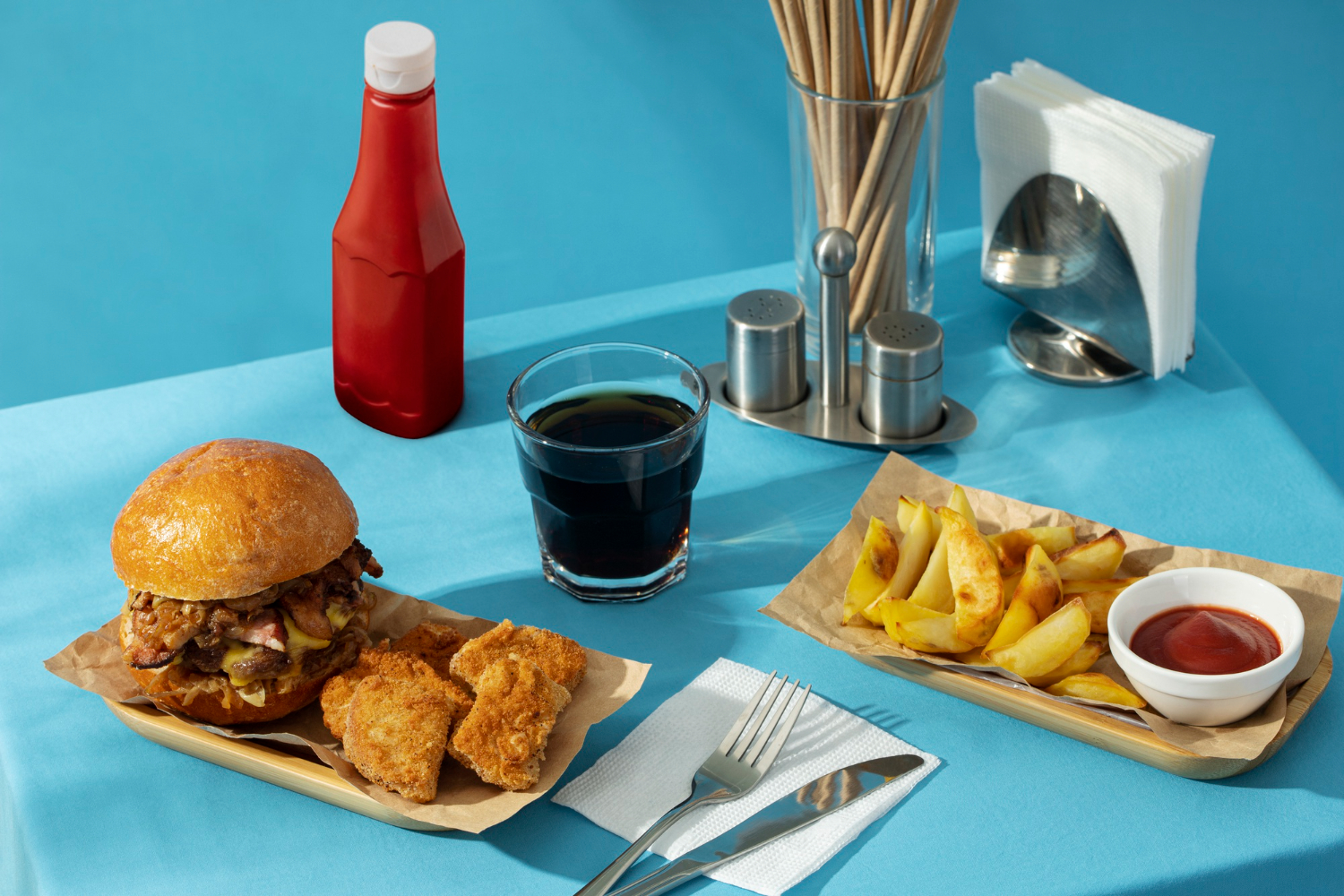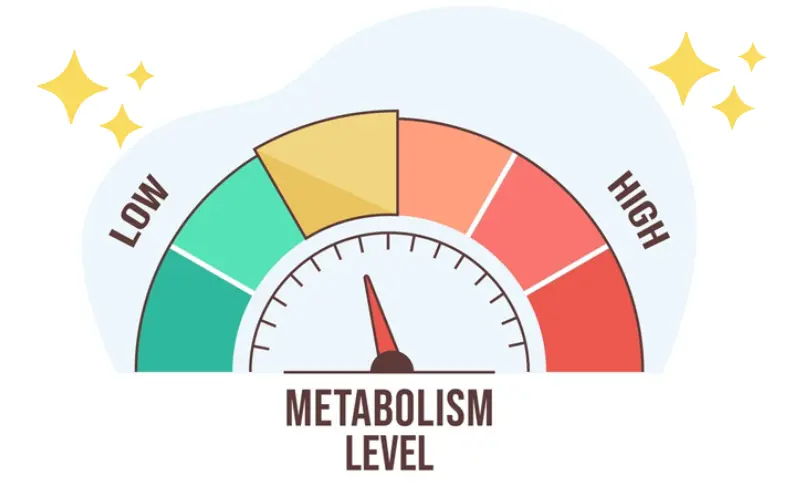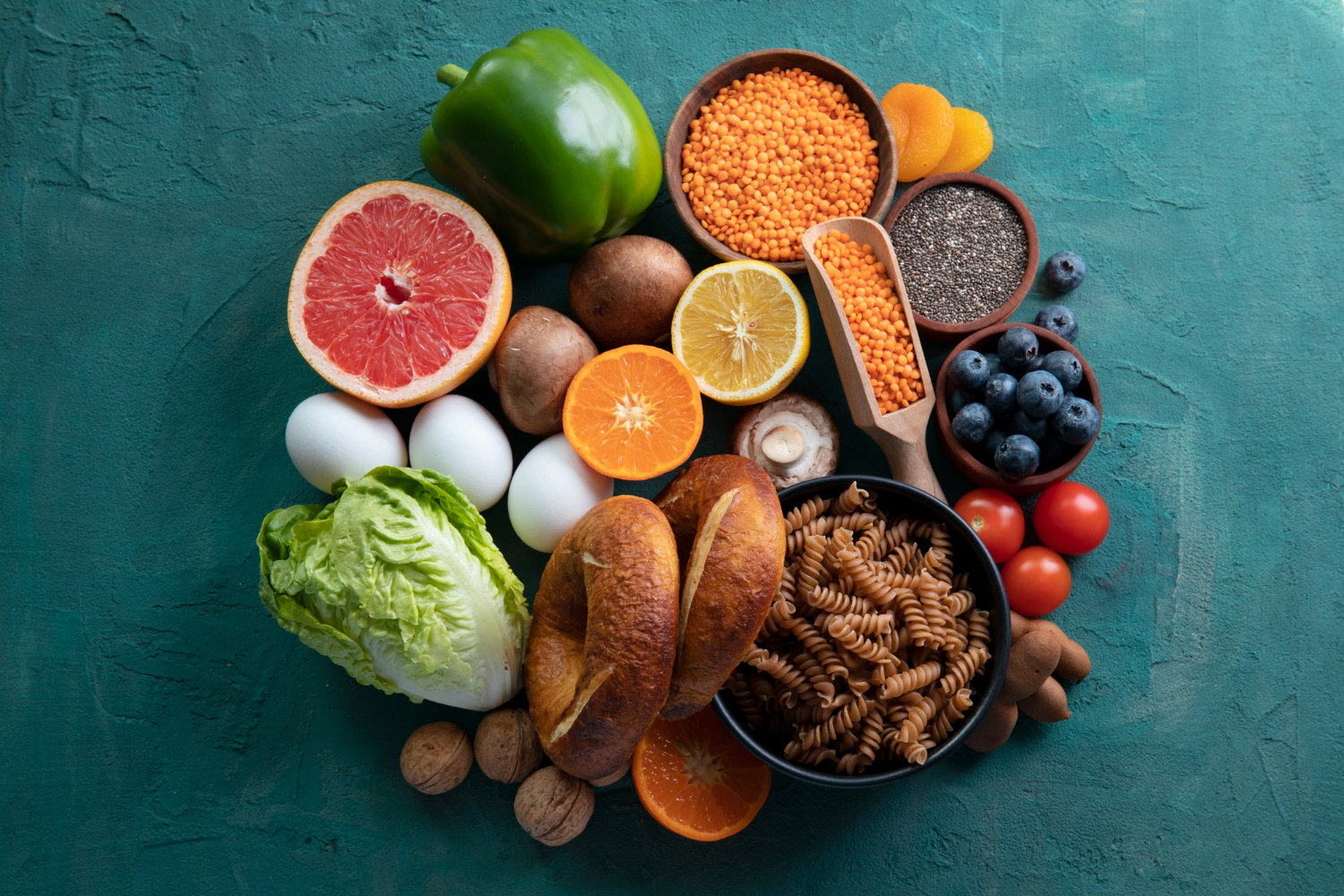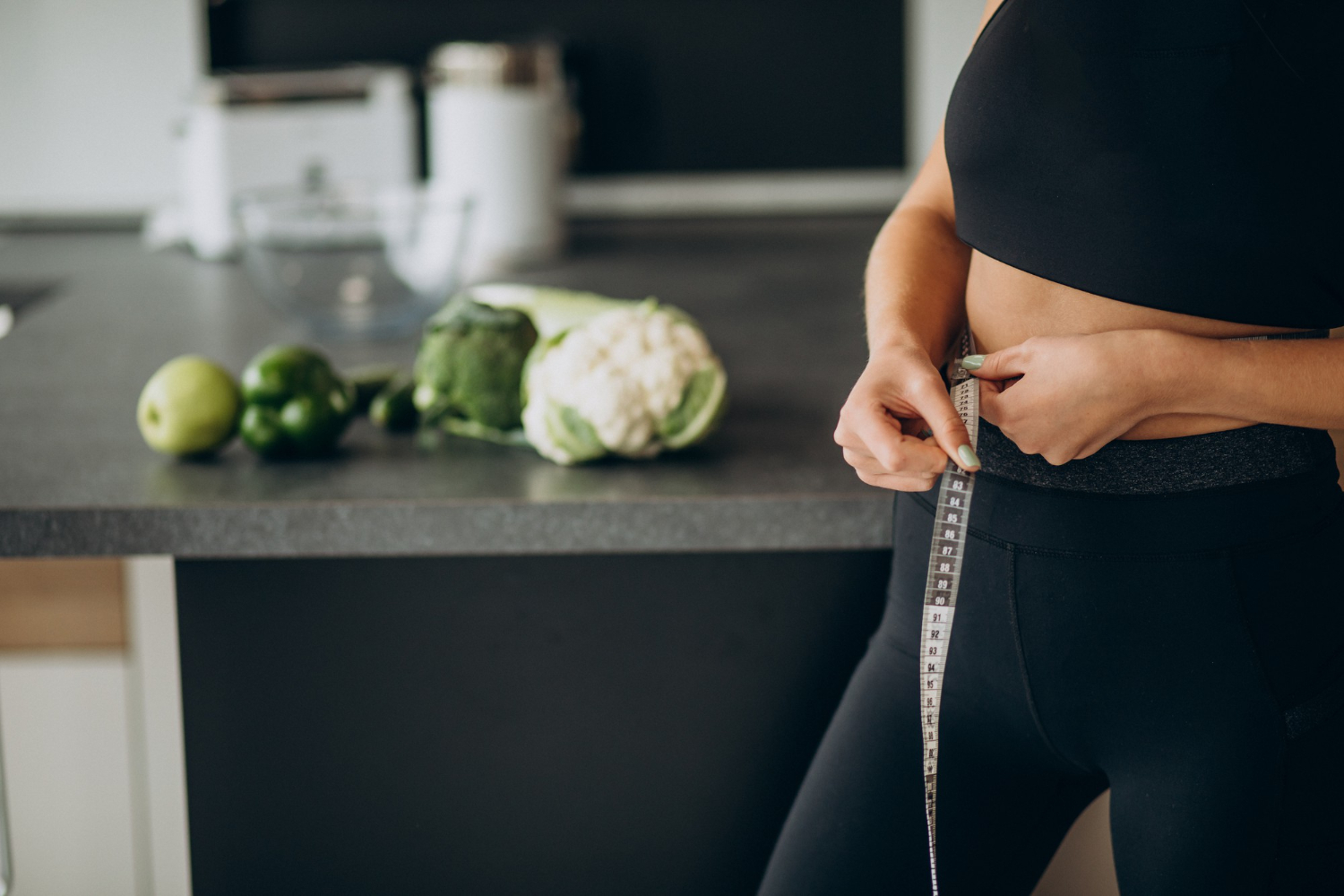Boost Your Energy: The Best High Fiber Foods to Eat Daily
Ever feel like you’re constantly searching for that perfect snack that keeps you full and satisfied without packing on the pounds?
The secret might be simpler than you think—fiber! High fiber foods are nature’s gift to a healthy, happy gut and a fitter you. They’re not only great for digestion but also help keep those pesky cravings at bay.
Fiber is a total game-changer, yet I find many of my clients aren’t getting nearly enough. So, let’s dive deep into the world of fiber and uncover the top high fiber foods you should be eating every day.
Different Types of Fiber And What They Do to Your Body:
Understanding the types of fiber and their roles can significantly improve your diet. Let’s dive into the two primary types of fiber: soluble and insoluble.
1. Soluble Fiber:
Soluble fiber dissolves in water to form a gel-like substance. You can find it in foods like oats, beans, and apples. This type of fiber helps regulate your blood sugar and lower cholesterol.
Plus, it promotes healthy digestion by softening stool, making it easier to pass. Because it slows digestion, soluble fiber can make you feel full longer. This helps in controlling appetite and reducing overall calorie intake.
2. Insoluble Fiber:
Insoluble fiber doesn’t dissolve in water and stays intact as it moves through your digestive system. You’ll find it in whole grains, nuts, and vegetables. This fiber adds bulk to your stool, helping you stay regular and preventing constipation. It also keeps your digestive system running smoothly, supporting overall digestive health.
Benefits of Eating Fiber Rich Foods:

Including fiber in your diet brings numerous health benefits. Here are five key advantages:
- Improves Digestive Health: Fiber adds bulk to your stool and promotes regular bowel movements, preventing constipation and reducing the risk of developing hemorrhoids and diverticulitis.
- Helps Control Blood Sugar Levels: Soluble fiber slows the absorption of sugar, which helps maintain stable blood sugar levels. This is particularly beneficial for people with diabetes or those at risk of developing diabetes.
- Lowers Cholesterol Levels: Soluble fiber binds with cholesterol particles in the digestive system, helping to lower overall blood cholesterol levels. This can reduce the risk of heart disease and stroke.
- Aids in Weight Management: High-fiber foods are more filling than low-fiber foods, which can help control appetite and reduce overall calorie intake. This can support weight loss or maintenance.
- Supports Gut Health: Fiber acts as a prebiotic, feeding the beneficial bacteria in your gut. A healthy gut microbiome is essential for immune function, mental health, and the prevention of various diseases.
How Much Fiber Do You Need Everyday?
The amount of fiber you need daily varies by age, gender, and other factors. Here’s a general guideline:
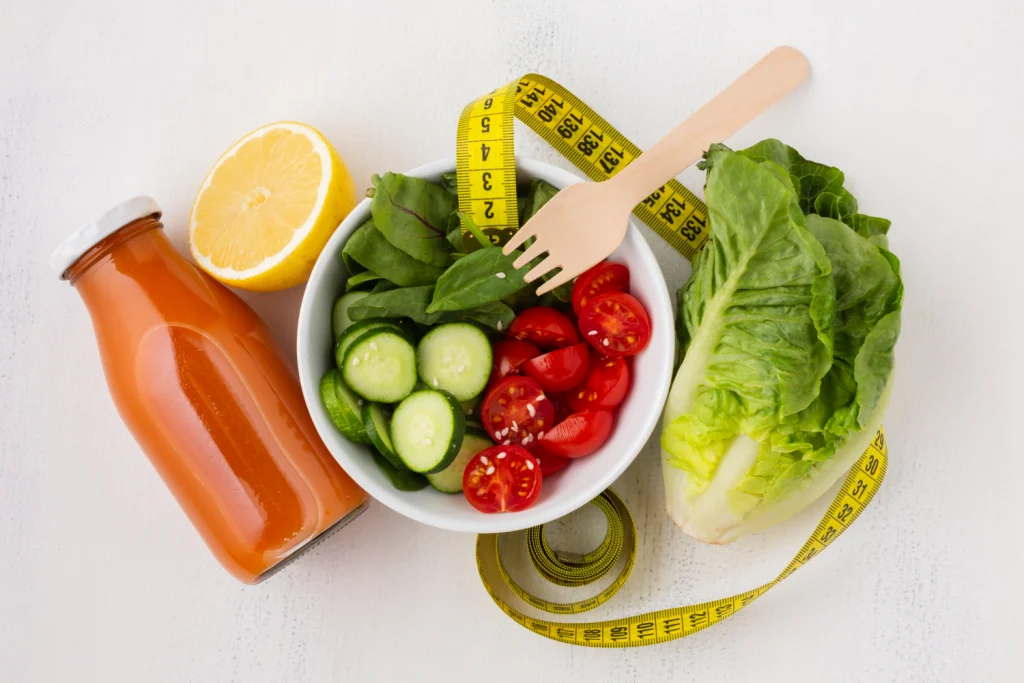
Adults:
- Men (50 years and younger): 38 grams per day
- Men (51 years and older): 30 grams per day
- Women (50 years and younger): 25 grams per day
- Women (51 years and older): 21 grams per day
Children and Adolescents:
- Toddlers (1-3 years): 19 grams per day
- Children (4-8 years): 25 grams per day
- Boys (9-13 years): 31 grams per day
- Girls (9-13 years): 26 grams per day
- Teen Boys (14-18 years): 38 grams per day
- Teen Girls (14-18 years): 26 grams per day
However, individual needs may vary based on factors such as physical activity level, specific health conditions (like diabetes or digestive disorders), and dietary preferences.
If you’re highly active, you may require more fiber to support your digestive system. Those with certain health conditions might need to adjust their fiber intake under the guidance of a healthcare professional.
To meet your daily fiber needs, incorporate a variety of high-fiber foods into your meals, such as fruits, vegetables, whole grains, legumes, nuts, and seeds. Remember, it’s essential to increase your fiber intake gradually and drink plenty of water to help your body adjust and to prevent digestive discomfort.
List Of High Fiber Foods:
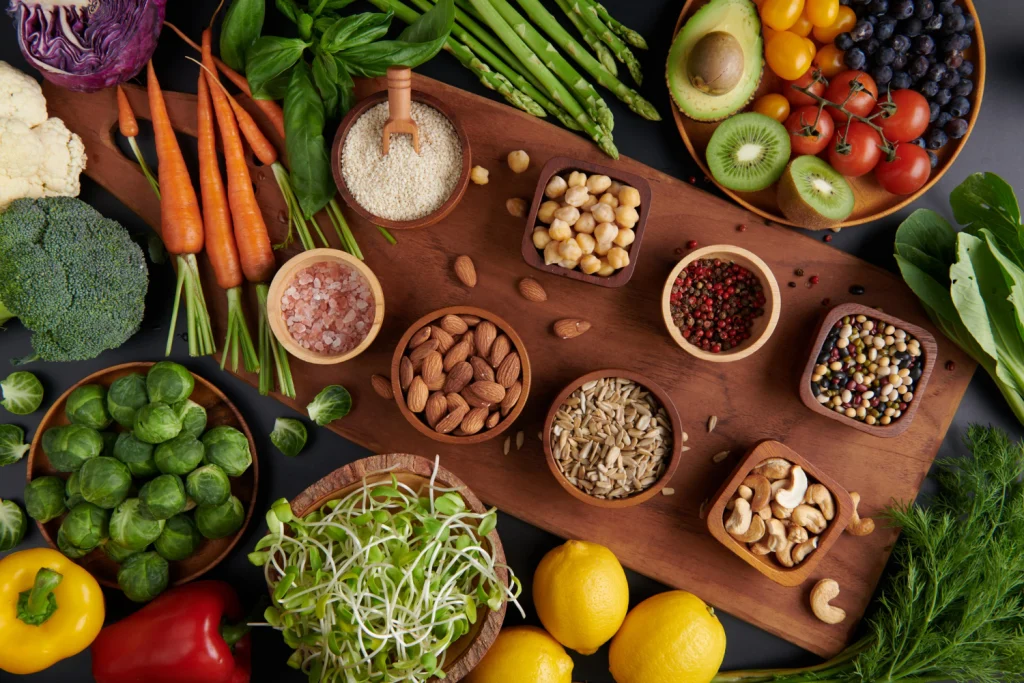
Fruits:
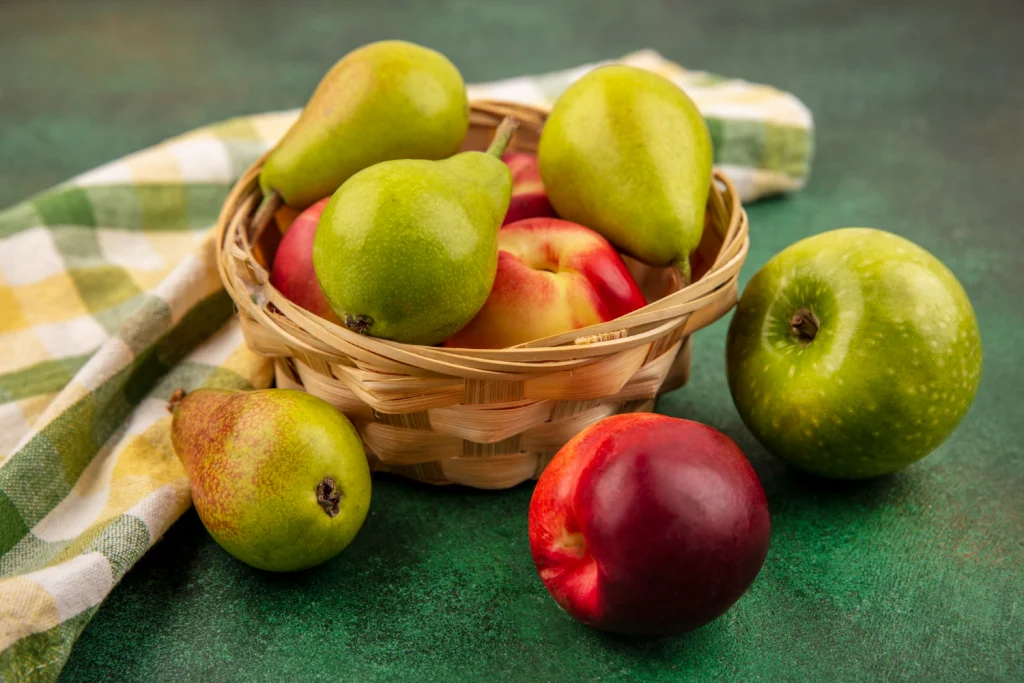
- Raspberries: 8 grams per cup
- Pears (with skin): 5.5 grams per medium pear
- Apples (with skin): 4.4 grams per medium apple
- Bananas: 3.1 grams per medium banana
- Oranges: 3.1 grams per medium orange
- strawberries: 3 grams per cup
- Avocado: 10 grams per cup (sliced)
- Figs: 14.6 grams per cup (dried)
- Blackberries: 7.6 grams per cup
- Guava: 8.9 grams per cup
Vegetables:
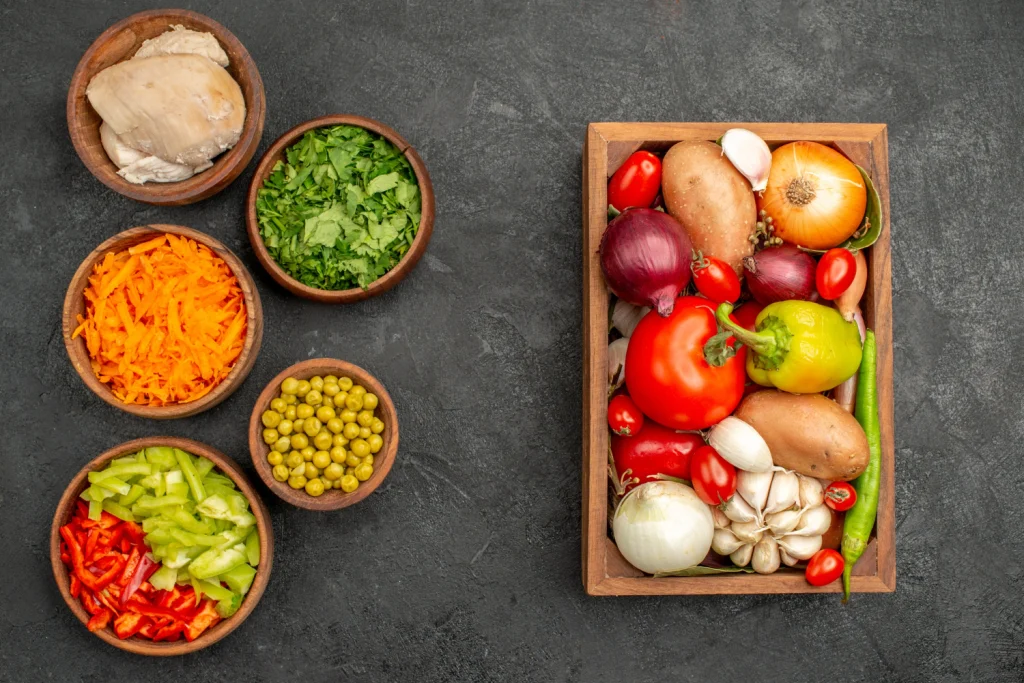
- Artichokes: 10.3 grams per medium artichoke
- Green Peas: 8.8 grams per cup
- Broccoli: 5.1 grams per cup (chopped)
- Brussels Sprouts: 4.1 grams per cup
- Sweet Potatoes (with skin): 3.8 grams per medium potato
- Carrots: 3.6 grams per cup (chopped)
- Corn: 3.5 grams per cup
- Kale: 2.6 grams per cup
- Spinach: 4 grams per cup (cooked)
- Cauliflower: 2.1 grams per cup (chopped)
Nuts:
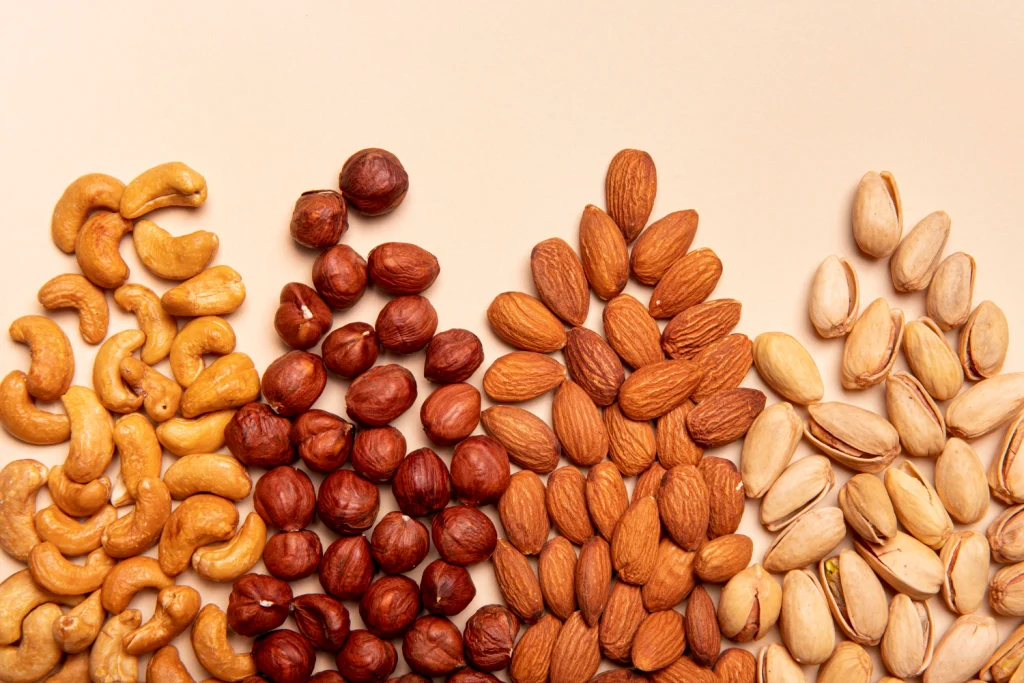
- Almonds: 3.5 grams per ounce (about 23 nuts)
- Chia Seeds: 10 grams per ounce (about 2 tablespoons)
- Pistachios: 2.9 grams per ounce (about 49 nuts)
- Walnuts: 2 grams per ounce (about 14 halves)
- Flaxseeds: 2.8 grams per tablespoon (ground)
- Sunflower Seeds: 3 grams per ounce (about 1/4 cup)
- Pecans: 2.7 grams per ounce (about 19 halves)
- Hazelnuts: 2.7 grams per ounce (about 21 nuts)
- Pumpkin Seeds: 5.2 grams per ounce
- Sesame Seeds: 1.1 grams per tablespoon
Beans:
- Black Beans: 15 grams per cup (cooked)
- Lentils: 15.6 grams per cup (cooked)
- Chickpeas: 12.5 grams per cup (cooked)
- Kidney Beans: 13.1 grams per cup (cooked)
- Navy Beans: 19.1 grams per cup (cooked)
- Pinto Beans: 15.4 grams per cup (cooked)
- Adzuki Beans: 13.4 grams per cup (cooked)
- Lima Beans: 13.2 grams per cup (cooked)
- Split Peas: 16.3 grams per cup (cooked)
- Soybeans: 10.3 grams per cup (cooked)
Grains:
- Quinoa: 5.2 grams per cup (cooked)
- Oats: 4 grams per cup (cooked)
- Barley: 6 grams per cup (cooked)
- Brown Rice: 3.5 grams per cup (cooked)
- Whole Wheat Pasta: 6.3 grams per cup (cooked)
- Bulgur: 8.2 grams per cup (cooked)
- Buckwheat: 4.5 grams per cup (cooked)
- Farro: 7.9 grams per cup (cooked)
- Millet: 2.3 grams per cup (cooked)
- Whole Wheat Bread: 2.8 grams per slice
Seeds:
- Chia Seeds: 10 grams per ounce (about 2 tablespoons)
- Flaxseeds: 7.6 grams per ounce (about 2 tablespoons)
- Pumpkin Seeds: 5.2 grams per ounce (about 1/4 cup)
- Sesame Seeds: 3.3 grams per ounce (about 3 tablespoons)
- Sunflower Seeds: 3 grams per ounce (about 1/4 cup)
- Hemp Seeds: 1.2 grams per tablespoon
- Poppy Seeds: 2.8 grams per tablespoon
- Quinoa: 5.2 grams per cup (cooked) – (also a grain)
- Amaranth: 5.2 grams per cup (cooked)
Cereals:
- Bran Flakes: Approximately 7 grams of fiber per 3/4 cup serving
- Shredded Wheat: Approximately 6 grams of fiber per cup serving
- Whole Grain Cheerios: Approximately 3 grams of fiber per cup serving
- Fiber One: Approximately 14 grams of fiber per 1/2 cup serving
- All-Bran: Approximately 10 grams of fiber per 1/2 cup serving
- Raisin Bran: Approximately 7 grams of fiber per cup serving
Whole Grain Products:
- Whole Wheat Bread: Approximately 2.8 grams of fiber per slice
- Whole Wheat Pasta: Approximately 6.3 grams of fiber per cup (cooked)
- Brown Rice: Approximately 3.5 grams of fiber per cup (cooked)
- Quinoa: Approximately 5.2 grams of fiber per cup (cooked)
- Barley: Approximately 6 grams of fiber per cup (cooked)
- Oats: Approximately 4 grams of fiber per cup (cooked)
- Bulgur: Approximately 8.2 grams of fiber per cup (cooked)
- Millet: Approximately 2.3 grams of fiber per cup (cooked)
- Farro: Approximately 7.9 grams of fiber per cup (cooked)
Save this article on Pinterest:
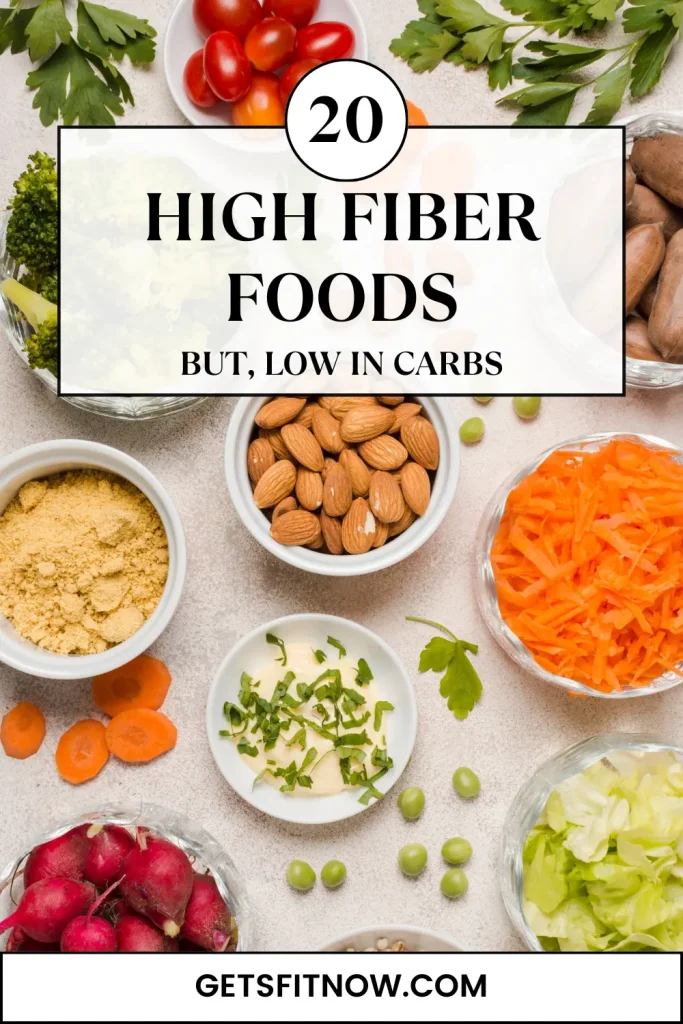
Final Words:
Incorporating high-fiber foods into your daily diet offers numerous health benefits. Now that you’re aware of the richest sources of fiber, aim to diversify your intake by incorporating a variety of these foods into your diet. Strive to include at least 30 different fiber sources each week to ensure you’re benefiting from a wide array of nutrients and promoting digestive health.
Article Sources:
1. Harvard Health, “Eat More Fiber-Rich Foods to Foster Heart Health”
USDA Food Data Central
2. Medicine Plus, “Dietary Fiber”


